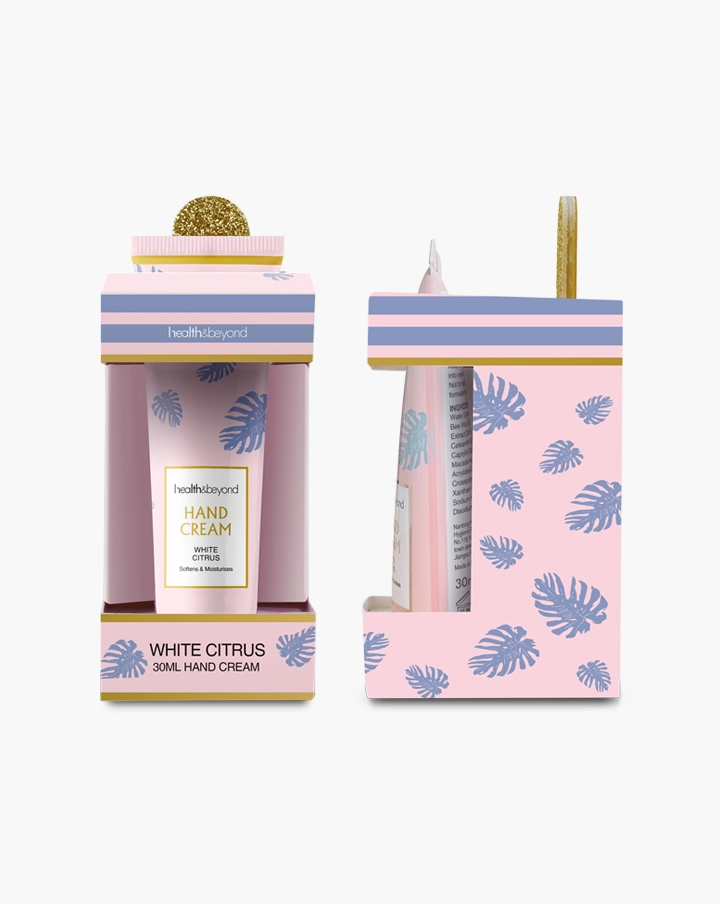In the ever-evolving landscape of marketing, businesses are constantly seeking innovative ways to engage their audience and enhance brand visibility. One effective strategy that has stood the test of time is the use of promotional merchandise, commonly referred to as swag goodies. But what exactly are swag goodies, and how can they be leveraged to maximize brand impact? In this article, we will delve into the intricacies of swag goodies, exploring their significance, types, and best practices for implementation.
Understanding Swag Goodies
Swag goodies are promotional items that businesses distribute to promote their brand, products, or services. These items are typically branded with the company’s logo or message and are designed to be functional, appealing, and memorable. The term swag itself has evolved from its original meaning of stuff we all get to encompass a wide range of promotional products that serve various marketing purposes.
The Importance of Swag Goodies in Marketing
- Brand Awareness: Swag goodies serve as tangible reminders of a brand. When recipients use or display these items, they inadvertently promote the brand to others, thereby increasing visibility and recognition.
- Customer Loyalty: Offering swag goodies can foster goodwill and strengthen customer relationships. When customers receive thoughtful gifts, they are more likely to feel valued and appreciated, which can lead to increased loyalty and repeat business.
- Event Promotion: Swag goodies are particularly effective during trade shows, conferences, and other promotional events. They not only attract attendees to a booth but also provide a lasting impression that can convert leads into customers.
- Social Media Engagement: Unique and creative swag goodies can encourage recipients to share their experiences on social media, amplifying the brand’s reach and engagement. This user-generated content can be a powerful marketing tool.
Types of Swag Goodies
The variety of swag goodies available is vast, catering to different audiences and marketing objectives. Here are some popular categories:
- Apparel: T-shirts, hats, and jackets are classic swag items that not only promote the brand but also provide practical use. High-quality apparel can turn recipients into walking billboards.
- Tech Gadgets: In today’s digital age, tech-related swag such as USB drives, phone chargers, and Bluetooth speakers are highly sought after. These items resonate well with tech-savvy audiences and can enhance brand perception.
- Eco-Friendly Products: As sustainability becomes increasingly important, eco-friendly swag goodies like reusable bags, bamboo utensils, and biodegradable items are gaining popularity. These products not only promote the brand but also align with environmentally conscious values.
- Office Supplies: Items such as notebooks, pens, and desk organizers are practical and often used daily, ensuring that the brand remains top-of-mind for recipients.
- Health and Wellness Items: With a growing focus on health, items like hand sanitizers, face masks, and fitness gear can be both relevant and appreciated, especially in the current climate.
Best Practices for Implementing Swag Goodies
To maximize the effectiveness of swag goodies, businesses should consider the following best practices:
- Know Your Audience: Understanding the preferences and interests of your target audience is crucial. Tailoring swag goodies to their tastes will increase the likelihood of engagement and appreciation.
- Quality Over Quantity: While it may be tempting to distribute a large number of inexpensive items, investing in high-quality swag goodies can yield better results. Recipients are more likely to use and cherish items that are well-made and functional.
- Brand Consistency: Ensure that the swag goodies align with your brand’s identity and messaging. Consistency in design and messaging reinforces brand recognition and trust.
- Strategic Distribution: Consider the timing and context of distribution. Whether at events, through direct mail, or as part of a customer loyalty program, strategic distribution can enhance the impact of swag goodies.
- Feedback and Adaptation: After distributing swag goodies, gather feedback from recipients to understand what resonated and what didn’t. This information can inform future campaigns and improve overall effectiveness.
Conclusion
Swag goodies are more than just promotional items; they are powerful marketing tools that can enhance brand visibility, foster customer loyalty, and create lasting impressions. By understanding the significance of swag goodies, exploring the various types available, and implementing best practices, businesses can effectively leverage these items to achieve their marketing goals. In a world where brand differentiation is key, swag goodies offer a unique opportunity to stand out and connect with audiences in meaningful ways.







